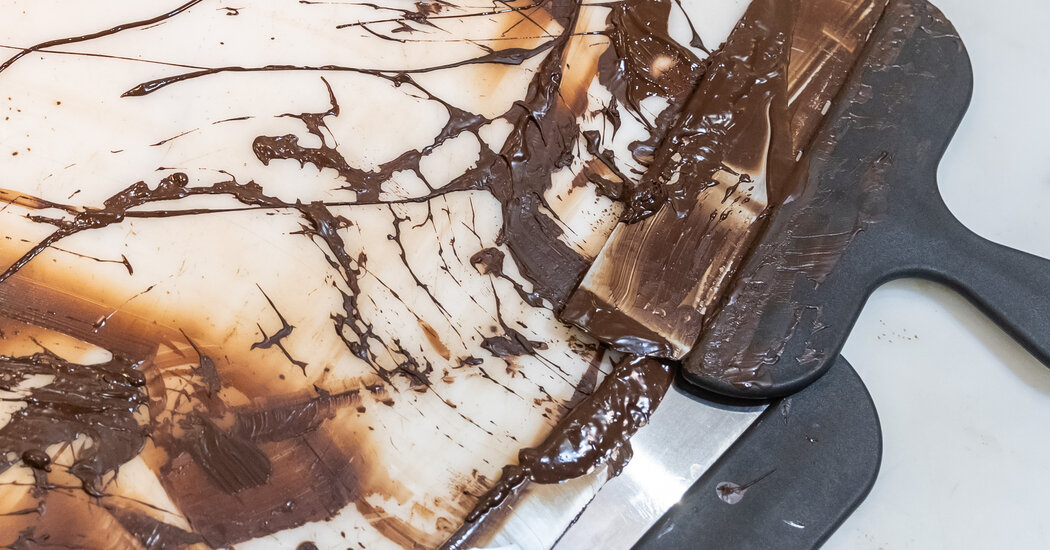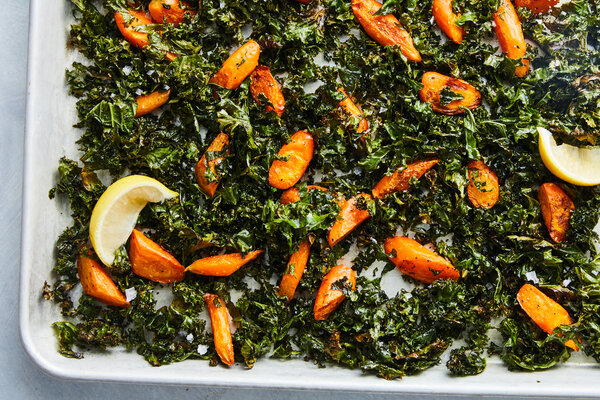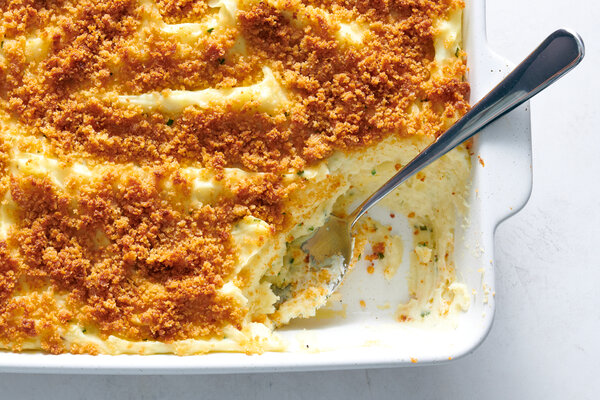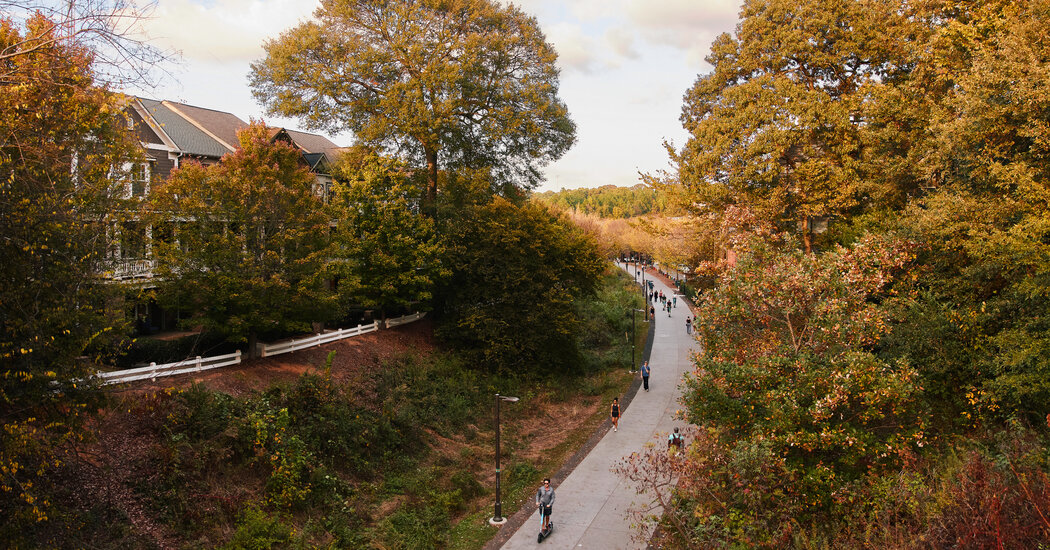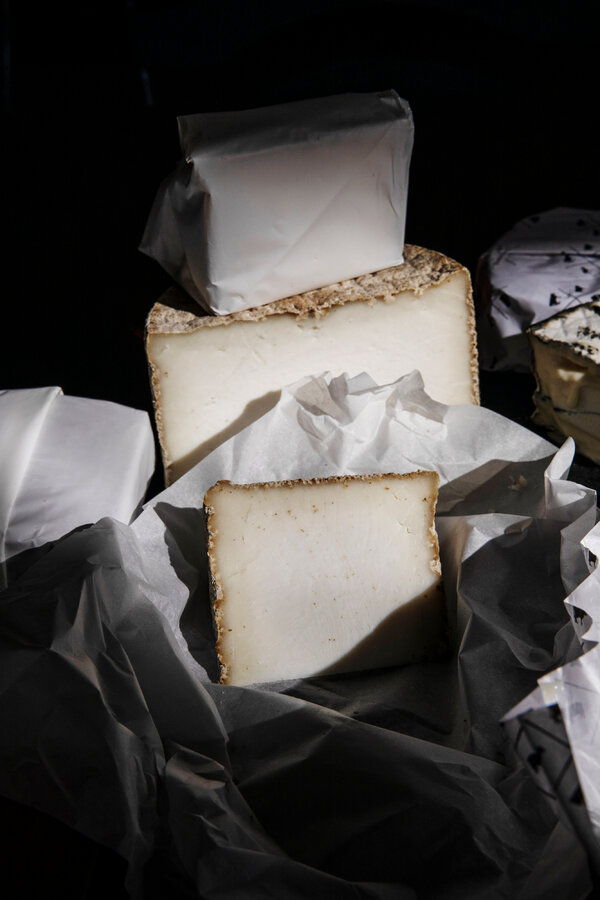Chocolate has long been synonymous with Valentine’s Day.
But rather than buying one of those heart-shape boxes with lots of mystery sweets inside for loved ones and friends, what if you made your own?
“Crafting candies is not just a sweet treat,” said Kirsten Fear, a Londoner taking a class at Melt, a chocolate shop in the Notting Hill neighborhood, “but it’s like weaving my affections and memories into each delicate piece.”
On this particular day in January, the shop’s chocolatiers were busy creating sea salt chocolate truffles, orange slices dipped in dark chocolate and other confections. But in the back room, six city residents, all expatriates from Tanzania, Canada and the United States, had donned leather aprons for the three-hour Master Class (149 pounds, or $189). It was one of the half-dozen classes that the shop offers, including a tequila and chocolate evening (after all, the shop’s website notes, both originated in Latin America).
The students took turns using chocolate spatulas to fold warm dark chocolate from Madagascar on a marble work surface, then, after scooping the chocolate back into a container, poured the mixture into molds and put them in the refrigerator to set. They then were asked to don blindfolds and Andrew Nason, the business’s chief executive, led them out to a yurt in the small courtyard behind the shop.
After everyone had made themselves comfortable on pillows inside, Mr. Nason described the history of chocolate — from the Mayans to the Swiss — and distributed different samples of chocolate, including one with chilies, one with raspberries, and another made with honey. He asked the blindfolded students to let the chocolate melt on their tongues, and roll it around in their mouths, to get a real sense of the richness, texture and flavors.
“The best way to experience the power and pleasure of chocolate,” Mr. Nason later wrote in an email, “is to taste its history.”
Heart-Shape Boxes
The British confectioner Richard Cadbury is generally credited — even by Guinness World Records — with making chocolate the ubiquitous Valentine’s Day gift.
In the mid-19th century the process of extracting cocoa butter from cacao beans had improved, allowing the business — founded in 1824 by Mr. Cadbury’s father, John — to produce what was sold as a high quality “eating chocolate.”
In 1868 Mr. Cadbury put those confections into heart-shape boxes, marketing the product as having sweet appeal, and the empty box as a perfect place to store keepsakes.
Now, the 2024 global chocolate market is expected to be worth more than $254 billion, according to the online data gathering platform Statista, and to grow annually by more than 5 percent, at least until 2028.
With that in mind, candy companies across the globe understand that not only are people in love with chocolate, but they are increasingly fascinated about where it comes from, how it is processed and the gift-giving potential of handcrafted chocolate.
Visitors to Zurich, for example, can choose from a number of class offerings at Lindt Home of Chocolate, a museum adjacent to the factory of the Swiss chocolate company, best known for its chocolate bunnies and teddy bears wrapped in gold foil. The facility, which features a nine-meter (30-foot) chocolate fountain bubbling with 1,400 kilograms (3,090 pounds) of chocolate, details the history of Swiss chocolate — and then its chocolatiers help visitors craft personal creations during programs like the 90-minute Valentine’s class (52 Swiss francs, or $60).
“The Valentine’s class is very special,” wrote Kai Spehr, chief executive of the Lindt Chocolate Competence Foundation, which operates the museum. “Also, instead of just gifting a bought chocolate product, a self-made chocolate treat comes with the extra portion of love and creativity.”
Even the Streetlights
There is little question that chocolate runs deep in Hershey, Pa., founded in 1903 by Milton S. Hershey as a site for his factory and a hometown for his employees. The main street, for example, is called Chocolate Avenue and the streetlights are in the shape of Hershey’s Kisses.
At the Hershey Story museum, visitors can learn how the town and company developed and how Hershey now offers such treats as Reese’s Peanut Butter Cups, one of the top-selling candies in the United States. The museum includes the Chocolate Lab, which offers classes ranging from how to make peppermint bark at the holidays to S’mores bars in the summer.
Before Valentine’s Day, the lab offers Truffles for Couples ($65, per couple), where they are taught to hand roll dark chocolate ganache, decorate it with white or milk chocolate (or both) and then add toppings such as violet sea salt.
“I don’t know that there are tons of people melting their own chocolate, molding it and making things just with chocolate,” said Amy Ziegler, senior director of the museum, which is managed by the M.S. Hershey Foundation. “So I think it is a fun thing to do that’s kind of low risk and you can get your hands dirty.”
From Singapore to St. Lucia, small bespoke chocolate companies also offer the chance to learn about the art of making chocolates.
Mr. Bucket Chocolaterie in Singapore, founded in 2020, sorts, roasts and grounds cacao from India and countries in Southeast Asia to make its candies. In April 2023 the company began offering a two-hour Make Your Own class (75 Singapore dollars, or $55) in which participants not only learn how to identify a good cacao bean, but they also pour, mold and decorate three 60-gram (about two ounce) chocolate bars.
“We offer an experience that is not usually found extremely accessible in the community,” Jerome Penafort, the business’s founder and chief executive, wrote in an email. “Our workshops offer guests the opportunity to create something with their own hands and treat themselves or their loved ones to something that’s not only delicious, but also meaningful and beautiful.”
Honest Chocolate in Cape Town, which uses cacao from Tanzania in the products sold in its shop, also offers chocolate bonbon workshops (480 rand, or $25). Part of the class is focused on introducing how cacao beans are farmed and processed (70 percent of the world’s raw cocoa comes from Africa, but only about 1 percent is processed on the continent).
“Making chocolates for a loved one on Valentine’s Day adds a deeply personal and thoughtful touch to the gesture,” Anthony Gird, the company’s co-founder, wrote in an email. “The time, effort, and thought invested in creating homemade chocolates convey a sense of genuine care and consideration.”
And in Ghana, one of the world’s biggest cocoa producers, Fairafric offers visitors a chance to not only visit the plantations outside Accra where cacao is grown, but also to tour the factory where its chocolates — under the Amanase brand — are produced. Guests can make bonbons at the end of the tour as well. (The Farm, Factory and Chocolate School Tour is $80 per person.)
“It’s really a different experience buying something in store versus being on the tour and making the chocolate in the chocolate school,” said Sara Wild, Amanase’s marketing and brand manager. “People have to see it to appreciate the product.”
Visitors to the Eastern Caribbean island of St. Lucia can have a similar experience at an agri-tourism attraction called Project Chocolat, on the Rabot Estate, about an hour’s drive south of the island’s capital, Castries. The estate is owned by Hotel Chocolat, a British cacao grower and chocolate manufacturer that was bought last year by the American confectioner Mars.
During the Tree to Bar tour (£97), visitors are shown grafted trees before they are planted and are able to tour the six-acre farm. Afterward, they grind coarse cacao nibs by hand and then add cocoa butter and sugar to make chocolate bars.
“From tasting the cacao pulp from a freshly cut pod to crushing the cacao,” Merle Busette, Project Chocolat’s experience manager, wrote in an email,” “it allows the visitor to create a thoughtful gift with their own hands for a loved one within the rainforest of St. Lucia.”
And who wouldn’t think that was an extra special Valentine’s treat?



